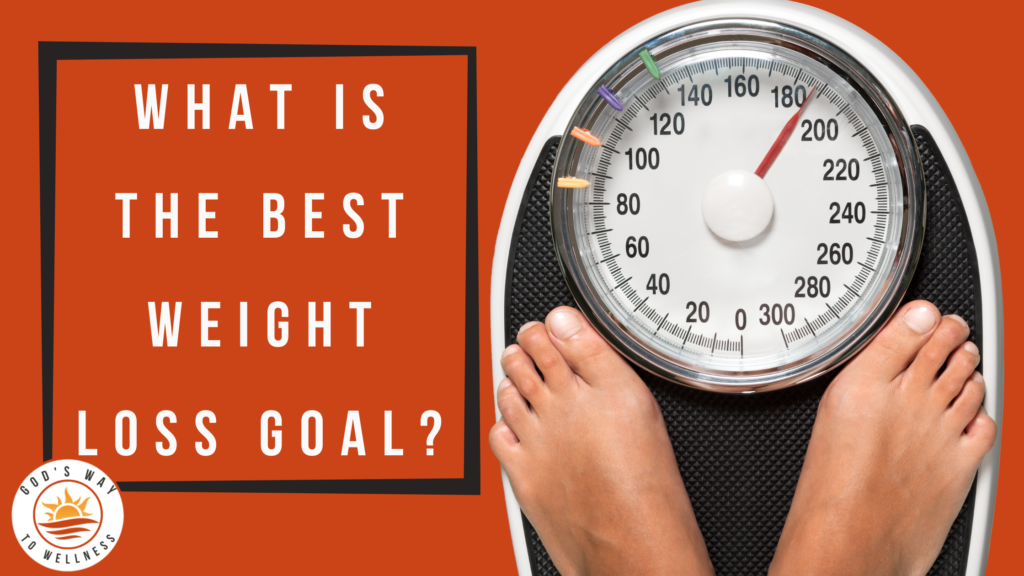Would you be concerned if you heard of a worldwide epidemic affecting 451 million people with healthcare expenditures of 80 billion dollars? 1 Often, there are no symptoms of this disease. Therefore, almost half of the people are undiagnosed. So, what is it?
A diabesity epidemic.
This disease has other names: metabolic syndrome, Syndrome X, insulin resistance syndrome, adult-onset diabetes, and type 2 diabetes. Since there are many names for this disease, for simplicity I will use diabesity.
How do I know if I have diabesity?
If you answer yes to four or more of these questions, please seek further testing and evaluation by your doctor.
- Do you have excess belly fat (men’s waist >40 inches, women’s waist >35 inches)?
- Are you over 45 years old?
- Do you have high blood pressure?
- Has your doctor told you that you have high triglycerides level and low HDL level?
- Do you have trouble losing weight?
- Do you have cravings for sugar?
- Are you tired after a meal, especially a meal high in carbohydrates?
- Do you have a low sex drive?
- Do you snore or have sleep apnea?
How is diabesity diagnosed?
Diabesity is diagnosed if three or more of the following are present:
- A waistline of 40 inches or more for men and 35 inches or more for women (measured across the belly)
- A blood pressure of 130/85 mm Hg or higher or are taking blood pressure medications
- A triglyceride level above 150 mg/dl
- A fasting blood glucose (sugar) level greater than 100 mg/dl or are taking glucose-lowering medications
- A high-density lipoprotein level (HDL) less than 40 mg/dl for men or less than 50 mg/dl for women. 2
What is the true cause of the diabesity epidemic?
After you eat, your blood glucose rises. This signals the beta cells of the pancreas to produce a hormone called insulin. Insulin tells the cells of the body to let the glucose into the cell so that energy for the cell can be produced. In addition, if not needed, excess glucose is stored for later use.
However, a diet of too much sugar, flour, and starches (such as bread, pasta, and white potatoes) taxes the body’s ability to produce enough insulin to keep up with the demand. When cells of the body do not respond to insulin the way they should, more insulin is produced, called insulin resistance. Therefore, the insulin level in insulin resistance and diabesity is high, instead of low, like in type 1 diabetes. High insulin causes inflammation and chronic diseases. After years of this cycle, the beta cells of the pancreas eventually wear out from this high demand for insulin. Therefore, the result is type 2 diabetes.
How can we prevent or reverse diabesity?
Diabesity can be prevented or even reversed in most cases by healthy lifestyle changes you can do on your own without medical care. But of course, if you are suffering from chronic disease, consult your doctor before beginning any new exercise program.
Remember that wellness is a journey, not a destination. Small steps over time bring big results. Start where you are and stay on the path to wellness.
Here are three steps to preventing or reversing diabesity.
Cut out the carbs and eat your veggies.
Reduce the intake of white flour, sugar, processed foods and sugary drinks. In addition, increase intake of whole, real food: vegetables, fruits, and whole grains. Also, increase the intake of healthy fats, such as olive oil, nuts, and seeds. Remember that food is medicine. Eat food made by God, not made in a factory.
Move more
Increased activity alone can improve your insulin sensitivity. Strive for 150 minutes of exercise per week, but any increase in activity is beneficial.
Lose weight
If you do the first two, you will! As little as a 7 to 10 percent weight loss (18 to 25 pounds for a 250-pound person) can significantly improve your health. 3
What happens if I do not reverse my diabesity?
You might suffer from one or more serious chronic diseases since diabesity is a risk factor for many of these such as:
- Cardiovascular disease and stroke 4
- Nonalcoholic fatty liver 5
- Alzheimer’s Disease 6
- Type 2 diabetes. Complications include vision problems, foot ulcers, nerve damage, kidney damage 7
Conclusion
To summarize, the diabesity epidemic continues to be an expanding public health crisis with massive health care costs. Ironically, a cure is available, but many doctors do not diagnose the disease until it develops into type 2 diabetes.
Don’t wait until serious complications from insulin resistance and chronic inflammation affect your health. Start on your journey to wellness. Be proactive and embrace healthy lifestyle changes to prevent or reverse diabesity now.
References
- https://www.sciencedirect.com/science/article/pii/S0168822718302031
- https://my.clevelandclinic.org/health/diseases/10783-metabolic-syndrome/diagnosis-and-tests
- https://www.eatright.org/health/wellness/heart-and-cardiovascular-health/3-steps-to-help-combat-metabolic-syndrome
- https://www.ncbi.nlm.nih.gov/pubmed/6219830
- https://www.healthline.com/health/nonalcoholic-fatty-liver-disease
- https://www.ncbi.nlm.nih.gov/pubmed/28933063
- https://www.healthline.com/health/type-2-diabetes/long-term-effects-prevention
Disclaimer
Any information on this Website is provided for educational purposes only and is not intended as a substitute for the advice provided by a healthcare professional. You should not use the information on this Website for diagnosing or treating a health problem or disease or prescribing any medication or other treatment. You should always speak with a healthcare professional before taking any medication or nutritional, herbal or homeopathic supplement, or adopting any treatment for a health problem. If you have or suspect that you have a medical problem, promptly contact a healthcare professional.



